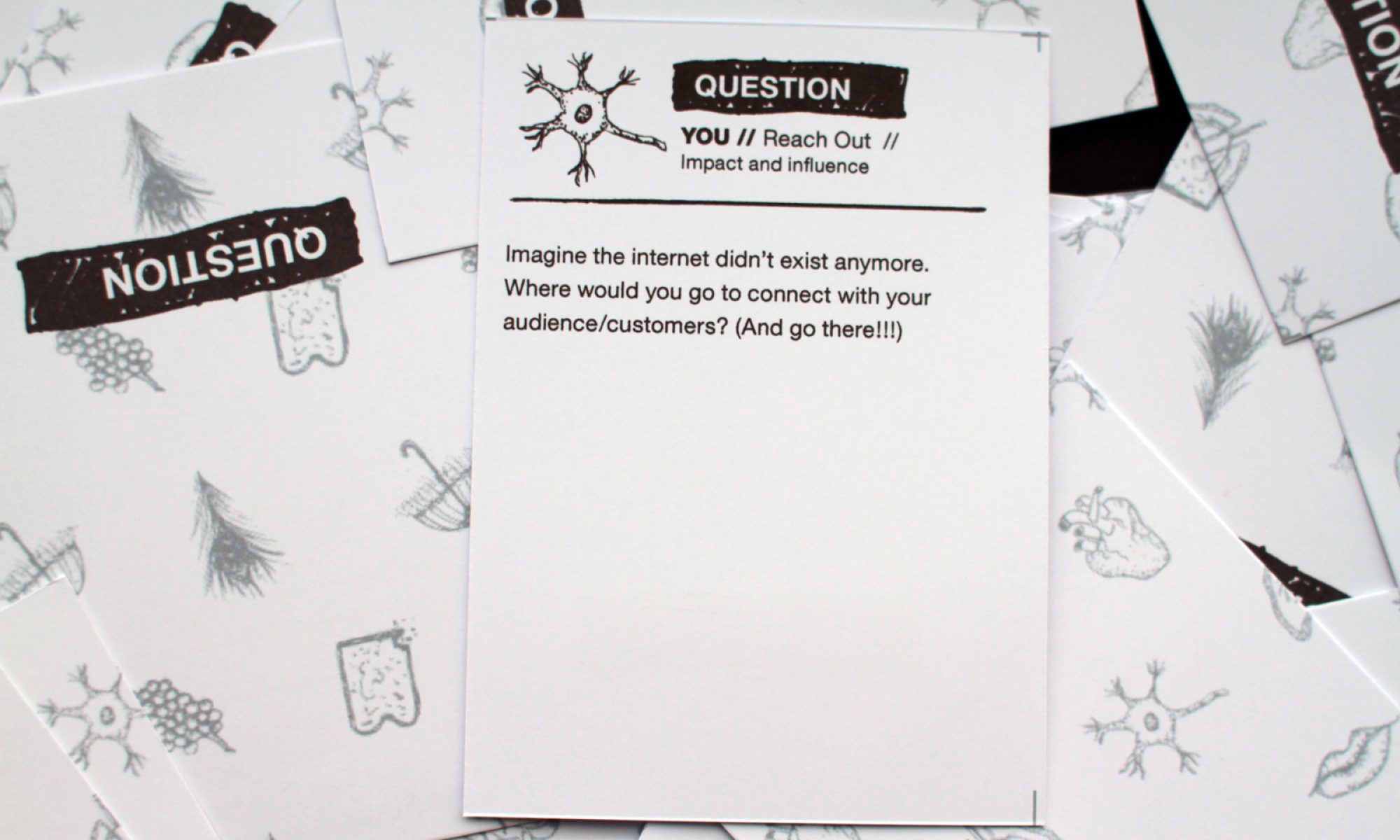THE
WORLD


To get noticed, above and beyond the many that crave attention, is a very challenging task. While big companies have a budget to hire ad agencies, PR firms and marketing advisors to get the word out about their products, you probably won’t be able to start out with that luxury. But, not to worry: in the digital age the world is at your fingertips. It starts with embracing the idea of you as a brand. That includes how you present yourself on- and off-line. Start by re-thinking what you share on social media and becoming more conscious about your web presence. Getting yourself and your work in the public eye is a great challenge but a priceless investment. Nowadays, as companies battle it out for people’s attention, we see it’s quite possibly the most expensive asset in the world.


«It’s not what you are that counts, it’s what they think you are.”
—Andy Warhol
Whenever you see someone for the first time, whether you want to or not, you instantly categorise them, whether as a potential threat, a potential lover or anything in between. You assess certain clues, like how the person walks and moves, how they’re dressed, their facial expression, what actions they’re taking, where they are, or even how other people are reacting.
The same goes whenever we encounter something new. Take for example an experiment that was done with the famous violin player Joshua Bell. He played in the subway. Even though on that same day he had a sold out performance in a grand theatre, in the subway very few people stopped and listened to him. Outside of the right context, in a refined theatre surrounded by an attentive audience, he wasn’t recognised or appreciated in nearly the same way.
The impression you make is based on you, the product you make AND how it’s presented.
The impression people get is based on concepts and associations they already have, like: someone wearing a tie is business-like, something presented on a silk pillow is valuable, someone playing in the subway is not good enough for a theatre.
A brand is an idea that floats somewhere between you and the person observing you, and is based both on the signals you send and the ideas that the receiver has in her or his head. You can control most of the signals that you send, so the more you work to ensure they’re consistent, the better the odds that what you want to communicate is what is actually being received.
Keep in mind, too, that your brand should be not only consistent and strong, but also noticeable and unique. For example, as a man, wearing a suit might easily create for you a brand as a ‘businessman’, but not necessarily one of distinction. You will be identified easily, but remembered poorly.
about marketing. In
the arts, it’s about
personality.”
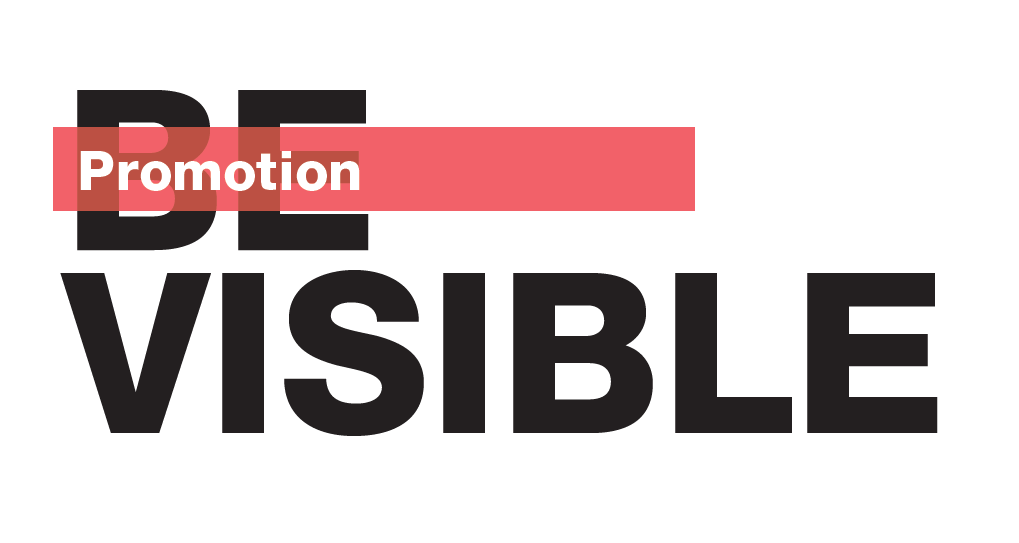
If you’re invisible, nobody can see you. That seems like stating the obvious, right? Yet, lots of people expect to be seen even while flying under the radar.
Say you’re looking for someone who plays guitar. The first person who pops into your head will be either very close to you, or very active on social media. Off the top of your head, you can probably come up with a few more names. If you were to take your address book and actively search for someone who plays the guitar, or even call everyone you know, you’d find a lot more guitarists. There are a lot of guitarists out there, if you go hunting for them.
Yet, you probably wouldn’t go to all that trouble – you might very well stop thinking about it after the first couple of names that came into your head easily. The people who you think of within 30 seconds are called “top of mind”, in marketing lingo. The people who you thought of later hardly matter. The people you had to actively scout for don’t matter at all.
How many people know what you do? How many of them would have you top of mind? Is it enough to sustain a business? You might be more invisible than you think. Fortunately, there are numerous ways to make yourself more visible.
Exhibit your work
When you first start out, show your work whenever you get the chance, even in small venues or unusual places like libraries or cafes. The more eyes (or ears) on your work, the better.
Publish
Get your name out there. For example, write an article about your work, your experiences or your philosophies. Be sure it offers something valuable to the public (self-promotion rarely does).
Websites that publish you will often credit your name and website. Even better, if you have some big news, write a press release and target relevant media, so they’ll write about you or your work as proper journalism or art criticism.
Blog
A variant on publishing: start a blog or vlog. The upside is that you decide what and when you publish about yourself and your work. The downside is that you have to find your own audience.
Contests
In most creative fields, there are numerous contests. The impact of winning depends on how well the contest publicises itself and who is in the jury, so pay attention to the stakes before entering.
Fair warning, many contests charge a submission fee; if so, consider if it’s really worth entering.
Network
Nothing gets you on people’s radar like meeting them face-to-face, so invest some time and money in attending festivals, openings and social gatherings. Hanging out with your customers, peers and competitors in an informal way will help them to remember you and your work.
Present yourself
All these actions rely in one way or another on you presenting yourself and your work well. So get honest feedback from people who know how to present well and make sure your story comes off as it should. Alternatively, go Daft Punk: hide your face, decline interviews, be an enigma.
Website / Social Media
If you want people to Google you or contact you, an active online presence is necessary.
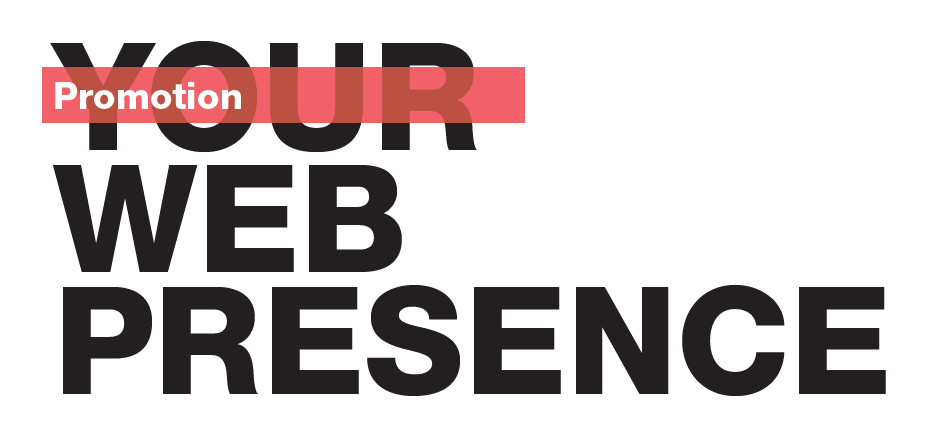
Before you start actively reaching out to other people, you need to have a baseline presence. If someone does a search for you online, your first hit shouldn’t be a YouTube video uploaded six years ago of you goofing around at a campsite, it should be your own website and supporting professional profiles (LinkedIn, Soundcloud, YouTube, Vimeo, etc).
Register a domain name for your website that is preferably: short, pronounceable, hard to missspell and is based on your name or your work.
HERE’S A FEW TIPS ON BUILDING YOUR WEB PRESENCE:
-
01. The work is most important
People visit your website for practical reasons; they want to see the work you have made, so put that front and centre. Make sure that the images or video you use are of high quality. Give people the information they need: How big is this in real life? Did you make it for a client? Is it for sale? What is the title? When did you make it? -
02. You matter too
The maker of the product always adds to (or subtracts from) the value. So, tell your audience who you are, what you have done and why your work is valuable. If possible, do this in ways that offer an objective viewpoint rather than tooting your own horn. For example, include a recommendation by a client, a review by a critic, etc. If you have achievements like awards, impressive clients or exhibitions under your belt, include them. There are many tips online for how to write an artist’s statement and CV; do some research and adapt what works for you. -
03. Quality vs quantity
Make a good edit of your work: try to show the range of your professional work, but keep it sharp and focused. If you struggle to produce a good edit, consider working with a professional editor. You want your viewers to think that you know what ‘good’ means and to be left wanting more. If you produce very different kinds of work (say, ‘product photography’ and ‘spoken words poetry’) you may consider setting up two websites to keep it focused. -
04. Call to action
If people are impressed by what they have seen, they need an easy way to act upon it. At the very least you should give them the option to call and email you. But ideally it’s even easier: set up a webshop that lets them buy something directly from the site, or a calendar that lets them make an appointment. Make it easy for your visitor to become your client.
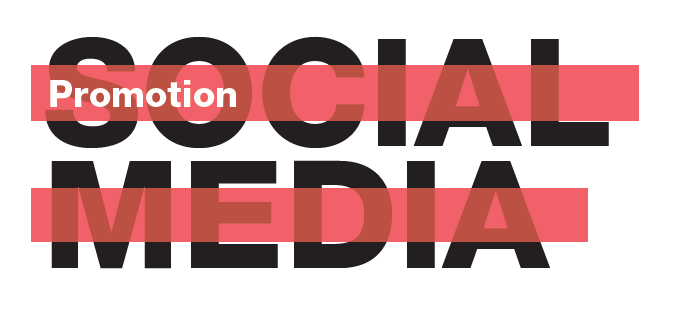
There are online public platforms for every type of artist: currently, for example, musicians are on Bandcamp and Soundcloud, filmmakers are on YouTube and Vimeo. So, part of the work of knowing what’s going on in your industry is to keep on top of the platforms, both making your own profile and learning from the people who use the platform well.
Nowadays, it’s pretty easy to upload your movie to YouTube and Vimeo, to give it a nice title, descriptions and keywords and then post them on Twitter and Facebook. So, congratulations, you’ve mastered the basics of social media… but welcome to the club. So has everyone else. If this is your only strategy, your chances of standing out from the crowd are slim.
THERE ARE A LOT OF BOOKS AND WEBSITES (BOTH GREAT AND AWFUL) ON GETTING THE BEST OUT OF SOCIAL MEDIA. DO YOUR RESEARCH, BUT HERE’S A FEW TIPS TO GET STARTED.
-
01. Content strategy and calendar
If you use a social media platform, make sure you really do use it. Nothing screams “I don’t care” like a YouTube channel that was last updated two years ago. When you decide to start using any given social media, make a plan. What’s your content strategy for the platform? When will you post what kind of material? Steal from the best, and rework it to something that suits you and your workflow. Make a calendar of your future posts. -
02. Targeting and timing
When you post, take into account who will be ideally seeing your updates, and when. If there are certain key dates or events in your industry, get to know them and post accordingly. Are you attracting the attention of possible new clients (at the beginning of their journey)? Are you including your recent clients (at the beginning of a working relationship)? Are you improving your brand by showing how successful you are in turning one-time clients into repeat customers? -
03. Tone of voice and content choice
Make sure that what typifies your work, also typifies your social media posts. For example if all your songs are about love, make sure your posts reflect the same sensitivity. If you like to paint desolate industrial buildings, don’t be all happy-go-lucky on Facebook. Your social media use should make it easier to understand your work. Also, keep in mind that you don’t have to make all your posts original content, you can also share things that are relevant. -
04. Transfer from social media to real life
Your social media presence can be a gateway that encourages people to get to know you off-screen. Mention places you are going to be. If you organise events online, interact with people who are also going to come. Look for opportunities to transfer online interaction to real life interaction.
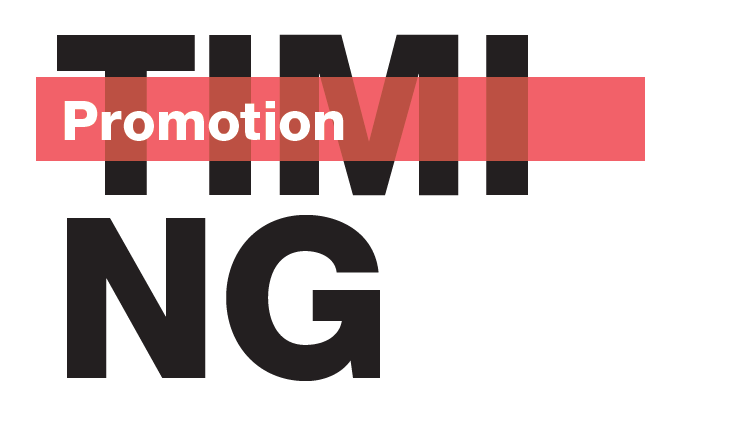
The key to generating buzz is timing: it’s better to have 100 people talking about you in one day than 200 people over the span of a year. This is why execs from every creative industry, whether it’s Hollywood or Apple, try to control leaks about their new releases. Likewise, you might try to manage your promotion so it gives you peaks of interest, rather than ongoing mild interest. It might sound counterintuitive, but sometimes it’s a better plan to build up some quiet and calm, and then make a big splash with your announcement using all your social media, press releases, video, etc.
Apart from the rhythm of your communication, the date, day and time of your promotion also make a difference. There is plenty of research on the timing of social media posts, for example, showing that depending on your target demographic, you’ll get better results on certain days and at certain times. Students might be open to your message at 10 in the morning, while most working people are not.
But, don’t just look at the statistics. Try to understand your particular audience. Are they night creatures? Do they want something they can share, or something that feels like a message just between you and them? Is there a conversation going, or are you just broadcasting things at them at random intervals?
Try to find the sweet spot, too, between posting too often and not enough. Creating a comfortable frequency will help your audience to feel engaged without being smothered or spammed. Timing influences the appreciation of a relationship, so be sensitive to the impact of your promotion on your audience and take feedback very seriously.

One way to transform your ‘audience’ into your ‘fans’ is to give them a sense of ownership. Nowadays, people are inundated constantly with messages from products and services, making it easier to get lost in the noise. When your fans have a sense of ownership in what’s happening—because they’ve met you or seen you in person, because you talk with them in social media or asked for their opinion—it is easier to keep interacting because they’re invested in the outcome. You don’t have to shout if you are already talking to someone.
The idea of having a running conversation with people is what drives a lot of strategic thinking on social media. Try to think of ways to be personal in the interactions you have with your audience, and invite their thoughts or involvement. Let’s say you’re designing a new album cover. Why not ask your audience for tips on designers, or even hold a contest among your fans to design the work themselves? Either way, you’ve got them feeling like they’re a part of your creative process. The loyalty they feel as co-owners will mean that they won’t only buy your album, they’ll also promote the album to their friends and networks for you! Meet and greets, personal messages, merchandise, these are all opportunities to invite people to feel ownership of what you do.
